Yakuza
Scroll down this page to enter the world of Yakuza
Rituals
Irezumi
Members
Yakuza / Gokudō
Yakuza (Japanese: ヤクザ,), also known as gokudō (極道, “the extreme path”,), are members of transnational organized crime syndicates originating in Japan.
Japan’s organized crime syndicates rely on conservative values, unquestioning obedience to the boss and strict compliance with their code, violation of which results in severe punishment.
The Yakuza are being confronted at all levels of Japanese society.

The largest groups operate in Tokyo, Osaka, Kyoto en Fukuoka.

Origins
The name yakuza originates from the traditional Japanese card game Oicho-Kabu, a game in which the goal is to draw three cards adding up to a score of 9. A three-card-hand’s value is determined by adding each card together, and then using the smaller number from the resulting two-digit figure to indicate a score.
If the three cards drawn are 8-9-3 (pronounced ya-ku-sa in Japanese), the sum is 20 and therefore the score is zero, making it the worst possible hand that can be drawn. The word yakuza literally means ‘good for nothing’.
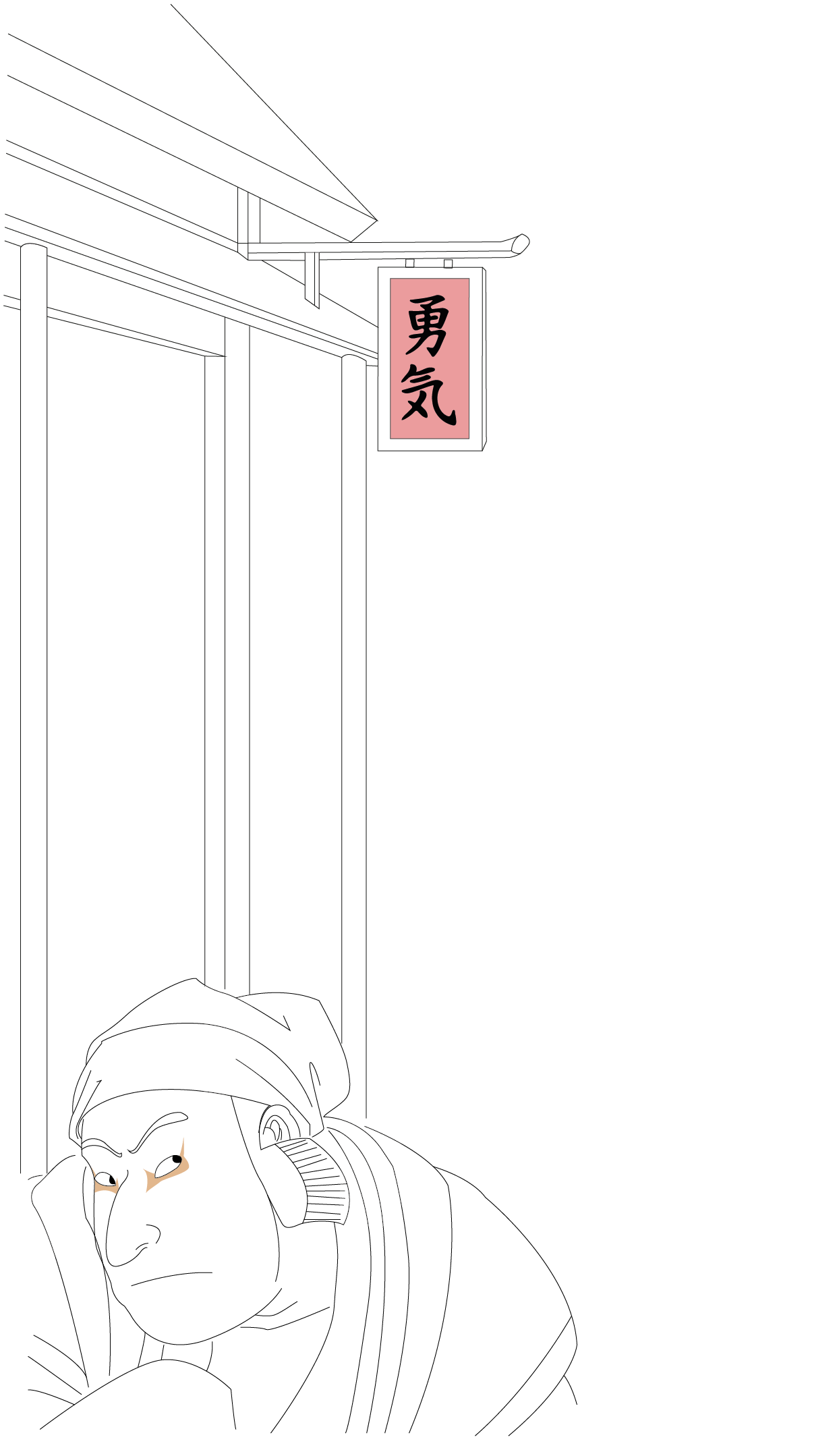
Edo period
The word yakuza links back to of the origins of the network, which can be traced back to two Japanese social classifications – gamblers and merchants. During the Edo period in the 17th century, both of these groups were regarded as the dregs of society. Merchants were known as tekiya – peddlers of stolen goods, often with shady reputations. Gamblers were called bakuto, and were known for playing illegal dice and card games.
Both bakuto and tekiya were groups of outcasts, living outside the norms of Japanese society. But this slowly changed. The merchants started to form organised groups that were formally recognized by the Edo government. The gamblers banded together in gambling houses.
These embryonic gangs of semi-legitimate criminals and delinquents were regarded by Japanese society with a mixture of fear and contempt. Nevertheless, they attracted new members and gained new influence, and went on to form alliances throughout Japan, eventually being referred to under the collective name: yakuza.
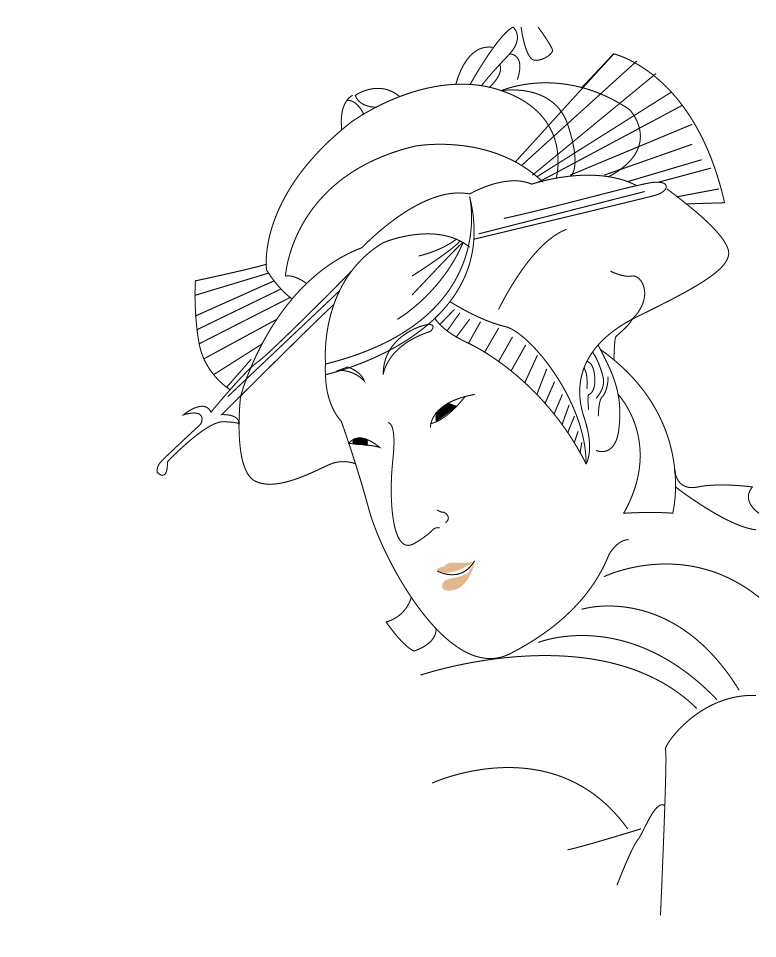
Rituals
The yakuza are known for their unique and ruthless rituals that show respect for their elders.
Yubitsume
Yubitsume, the cutting off of one’s finger, is a form to show apology and remorse. First, the wrongdoer places a piece of white cloth on a table and place their hand on it. Next, they sever their little finger above the top knuckle with a knife, and wrap up the resulting piece in the white cloth like a gift. Finally, they present the gory parcel to their boss and if he accepts the finger, they are also deemed to have accepted the apology.


The yubitsume ritual is said to have its origins in the time when yakuza members carried swords. Without the top part of the little finger, it’s much harder to grip the sword handle firmly. This meant that the member missing the finger would be increasingly dependent on their senior members for protection, drawing them closer to the gang.
Yubitsume
Yubitsume, the cutting off of one’s finger, is a form to show apology and remorse. First, the wrongdoer places a piece of white cloth on a table and place their hand on it. Next, they sever their little finger above the top knuckle with a knife, and wrap up the resulting piece in the white cloth like a gift. Finally, they present the gory parcel to their boss and if he accepts the finger, they are also deemed to have accepted the apology.


The yubitsume ritual is said to have its origins in the time when yakuza members carried swords. Without the top part of the little finger, it’s much harder to grip the sword handle firmly. This meant that the member missing the finger would be increasingly dependent on their senior members for protection, drawing them closer to the gang.
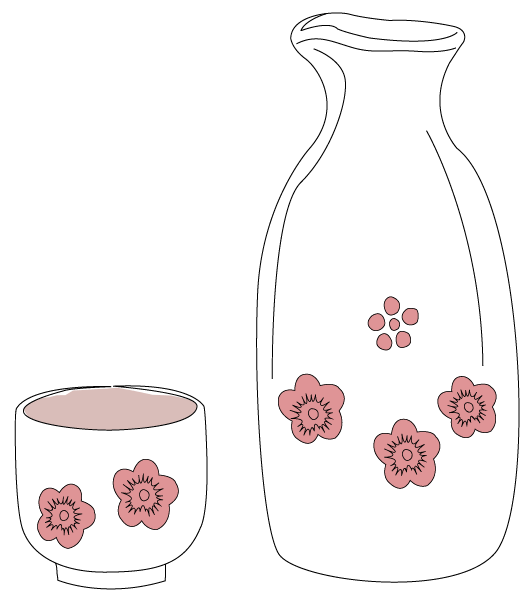
Sakazuki
The parent-child relationship is honoured and strengthened in a ceremony known as sakazuki.
Typically, the “parent” will pour the “child” a modest measure of sake, followed by a larger measure for himself. The two will then sip from each other’s cups.
When a kobun receives sake from an oyabun, they have officially passed their initiation into their yakuza family.
Irezumi
The most visible aspect of Yakuza membership is the large tattoos worn by dedicated clan members. Often, these tattoos cover the entire torso. They typically depict clan symbols, nationalist images or scenes of traditional Japanese glory, such as samurai warriors. Yakuza wear these tattoos as symbols of the Yakuza’s outsider status and his lifelong pledge to the clan.
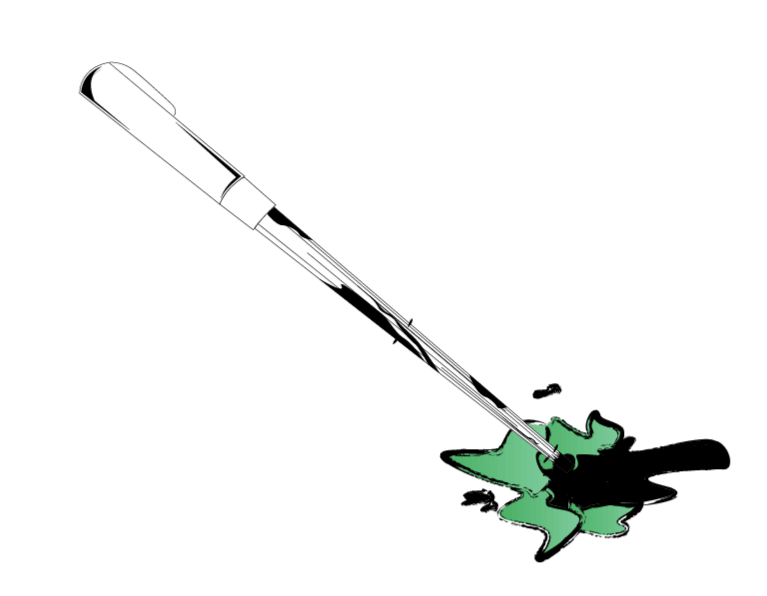
Tebori
Irezumi is a very clear way for members to demonstrate their ability to withstand excruciating pain for long periods. Irezumi tattoos are hand-poked – which means that ink is jabbed by hand into the skin using needle-tipped wooden tools. This process, called ‘Tebori’ is time-consuming, uses toxic ink and is extremely painful.
Tebori
The technique may be excruciating, but it yields incredible results. The colours are vivid, and it’s possible to achieve subtle gradations in tone that are impossible with an electric tattoo gun.
Activities
Different yakuza groups involve themselves in different forms of business, to varying levels of moral questionability.
In general, however, the yakuza are known for engaging in fairly shady activities.
These can range from the sex-trade industry, gun smuggling, illegal gambling, blackmail, extortion, protection racketeering and even politics.
Not all of them are entirely unscrupulous: for instance, Japan’s largest yakuza syndicate, the yamaguchi-gumi, forbids its members to engage in drug trafficking.
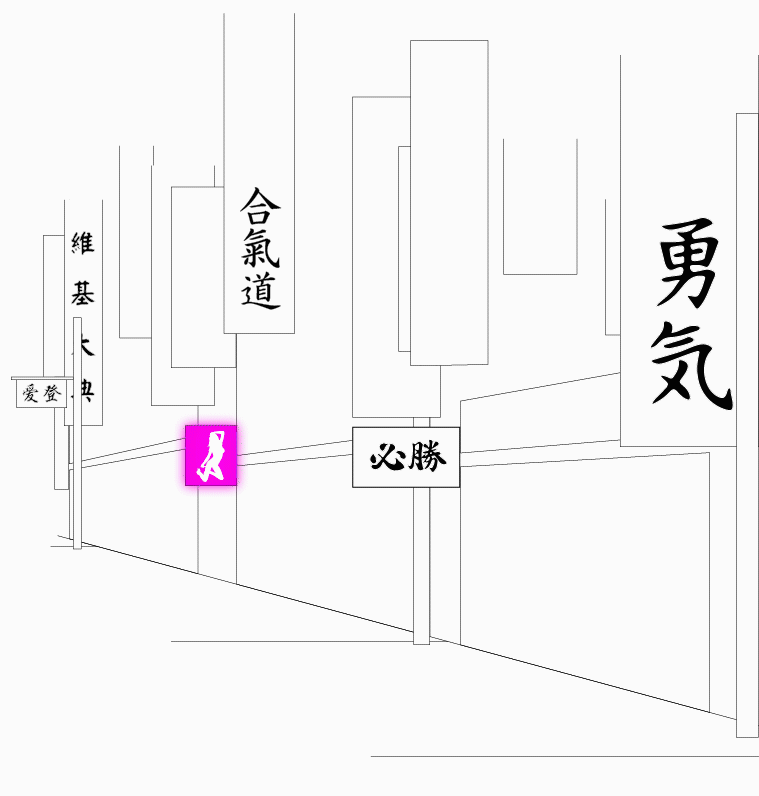
Members
In the 1960s, police estimates put yakuza membership at around 184,000 – an all-time high. Recent figures suggest the current total number of yakuza members is somewhat lower, at 53,500. This shrinking but still significant yakuza population is divided into 20-or-so large conglomerate groups, which in turn contain hundreds of gangs.

Hierarchy
Yakuza groups are organised using a hierarchical structure that works much like a family. Each recruit is referred to as a kobun (child), and has a father, known as oyabun. This parent-child relationship operates throughout every level of the yakuza, from top-level conglomerate bosses (known as kumicho), all the way down to new recruits.

Japans balance
Although they are widely hated by the Japanese public, yakuza gangs are a surprisingly effective method of keeping troublemakers off the streets. Their hierarchical structure requires potentially out-of-control youngsters to adhere to a strict code of behavioural conduct (or risk losing their fingers), which is a counter-intuitive but efficient way of insulating the Japanese public against random acts of violence.
In fact, it could be said that without the ‘balancing’ force of the yakuza, Japan would be a much more dangerous place.
And this leads to the rather bizarre conclusion that the country is, in fact, not a safe place in spite of the yakuza, but rather, in some part at least, because of it.
